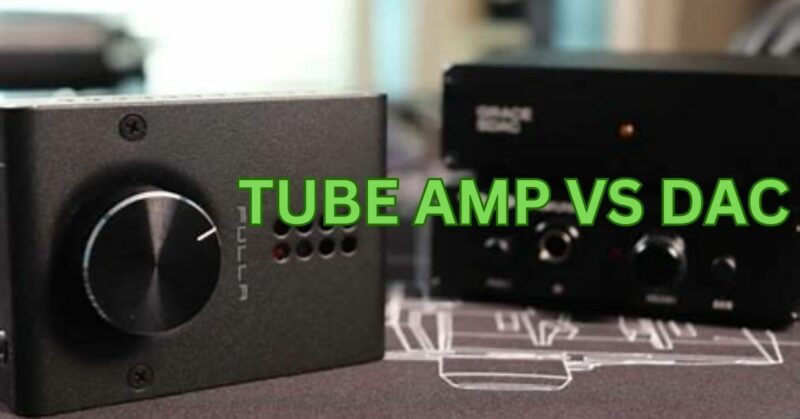The realm of audio equipment is a diverse and captivating landscape, filled with debates and preferences. Two highly discussed components are the Tube Amp and the DAC (Digital-to-Analog Converter). Each has its own unique characteristics and sonic qualities, often pitting analog purists against digital enthusiasts. In this article, we will delve into the distinctions between these two technologies, exploring their features, benefits, and how they contribute to the overall listening experience. By understanding the strengths and weaknesses of both the Tube Amp and the DAC, audio enthusiasts can make informed decisions to suit their personal preferences and needs.
Tube Amp
The Tube Amp, short for vacuum tube amplifier, is a classic analog technology that has stood the test of time. It operates by passing audio signals through vacuum tubes, which amplify the sound with warmth and harmonic richness. Tube amps are known for their distinct tonal characteristics, often described as smooth, creamy, and full-bodied. They can add a touch of nostalgia to the audio experience, evoking a sense of vintage charm.
One of the key advantages of tube amps is their ability to introduce pleasant harmonic distortion. This distortion can add depth and dimension to music, particularly for genres like jazz, blues, and rock, where a warm and saturated sound is desired. Tube amps excel in reproducing mid-range frequencies, delivering a lush and organic tone that many audiophiles find captivating.
However, tube amps also have their limitations. They tend to be bulkier, more expensive, and require regular maintenance, as vacuum tubes degrade over time and need replacement. They are also less efficient, consuming more power and generating more heat compared to solid-state amplifiers. Additionally, tube amps may not be suitable for listeners who prefer precise and analytical sound reproduction, as their inherent characteristics can introduce slight coloration and distortion.
DAC
On the other hand, DACs are at the forefront of digital audio technology. They convert digital signals, such as those from a computer or streaming device, into analog signals that can be played through speakers or headphones. DACs offer precise and accurate sound reproduction, free from the noise and interference that can affect analog systems. They are known for their ability to deliver a clean, transparent, and detailed sound.
Digital audio technology has made tremendous strides in recent years, allowing DACs to provide exceptional audio quality. High-resolution audio formats, such as FLAC and DSD, are faithfully reproduced by DACs, offering an immersive listening experience. Additionally, DACs often come equipped with various connectivity options, such as USB, optical, and coaxial inputs, making them versatile and compatible with a wide range of devices.
Moreover, DACs are compact, energy-efficient, and relatively affordable compared to tube amps. They are suitable for those who prioritize convenience, accuracy, and a neutral sound signature. Audiophiles who appreciate a more analytical listening experience, especially for genres like classical music, electronic music, and pop, tend to favor the precision and clarity provided by DACs.
The Tube Amp and the DAC represent two contrasting approaches to audio amplification. While tube amps offer a vintage, warm, and character-filled sound, DACs provide precise, accurate, and transparent audio reproduction. Both technologies have their merits and are suited to different listening preferences and musical genres. Ultimately, the choice between a Tube Amp and a DAC depends on personal taste, the desired sound signature, and the specific audio setup. Whether one embraces the analog charm or the digital precision, the ultimate goal is to enhance the enjoyment of music and create a captivating listening experience.

